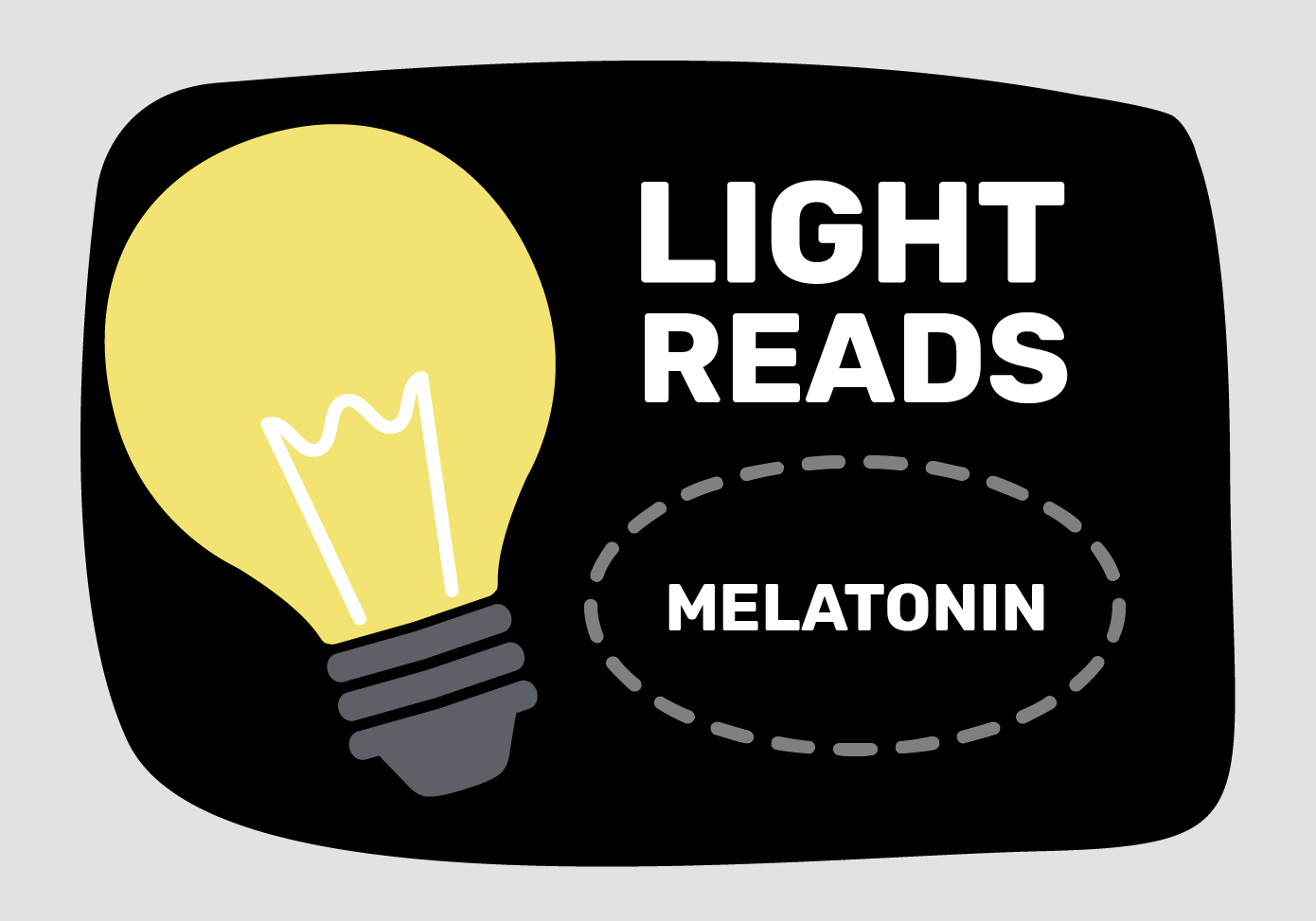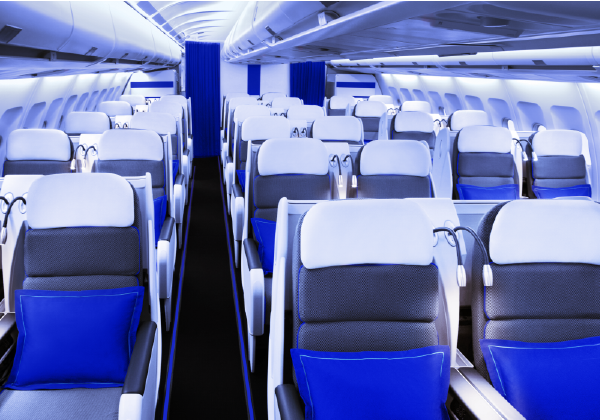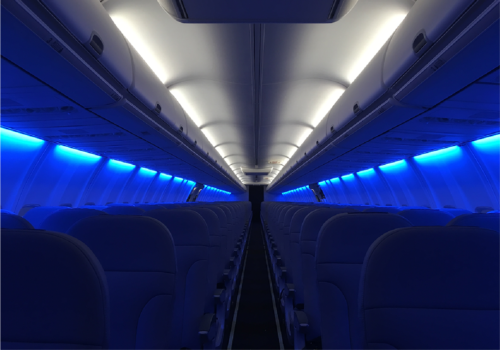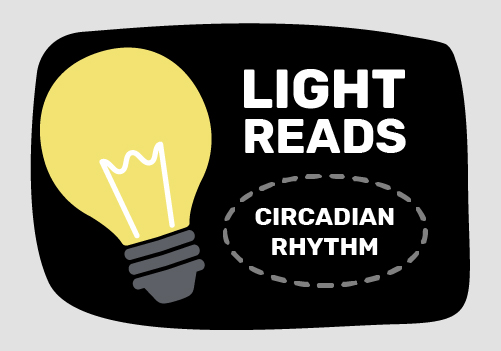
Fancy a bit of “light” reading?
Presenting ‘Light Reads’: 5-10 minute reads that will teach you something about the science of light. Have a read during your tea break and educate yourself on just what melatonin is…
What is melatonin?
Melatonin is a hormone mainly produced by the brain’s pineal gland, which plays a crucial role in the sleep-wake cycle. During the day, this gland is largely inactive. When it begins to get dark at night, the pineal gland secretes melatonin into our blood, and this sharp rise in hormone levels encourages feelings of sleepiness.
Why is melatonin important?
Sleep is crucial, and melatonin is a key part of preparing our brains and bodies for a restful night. Insufficient levels of this hormone can cause insomnia and disrupted sleep, but they’ve also been linked to an increase in the risk of depression, diabetes and even cancer.
What effect does light have on melatonin levels?
The introduction of artificial light nearly 150 years ago has elongated our days, enabling us to get up before the sun rises and continue working and socialising long after the sun goes down. This added exposure to unnatural light (particularly during winter) has been proven to suppress the secretion of melatonin, interfering with our circadian rhythms and our sleep cycles. Even the light emitted by a table lamp or phone screen can make a huge difference to melatonin levels, suppressing the production of the hormone and keeping the brain alert. Simply put, we need a lack of light to sleep well.
How can we use artificial light to regulate melatonin levels?
One of the biggest struggles with disrupted sleep is the delay in getting the body back into a normal sleep-wake routine. Take jet lag, for example. If a passenger spends 10 hours on an overnight flight under artificial fluorescent lighting and lands in a different time zone then their routine is going to be severely disrupted, not least because they are unlikely to have had a satisfactory sleep. But, if they’re exposed to brighter light when they would normally be awake, and softer, dimmed lights when it’s time to sleep, their brains are likely to recognise the relationship between the light-dark and sleep-wake cycles and produce adequate melatonin for the passenger to sleep well.

Cobalt Spectrum LED mood lighting for aircraft cabins could help to lessen the effects of jet lag by adjusting light colour and intensity to better suit the body’s natural light-dark cycle. Read more >


